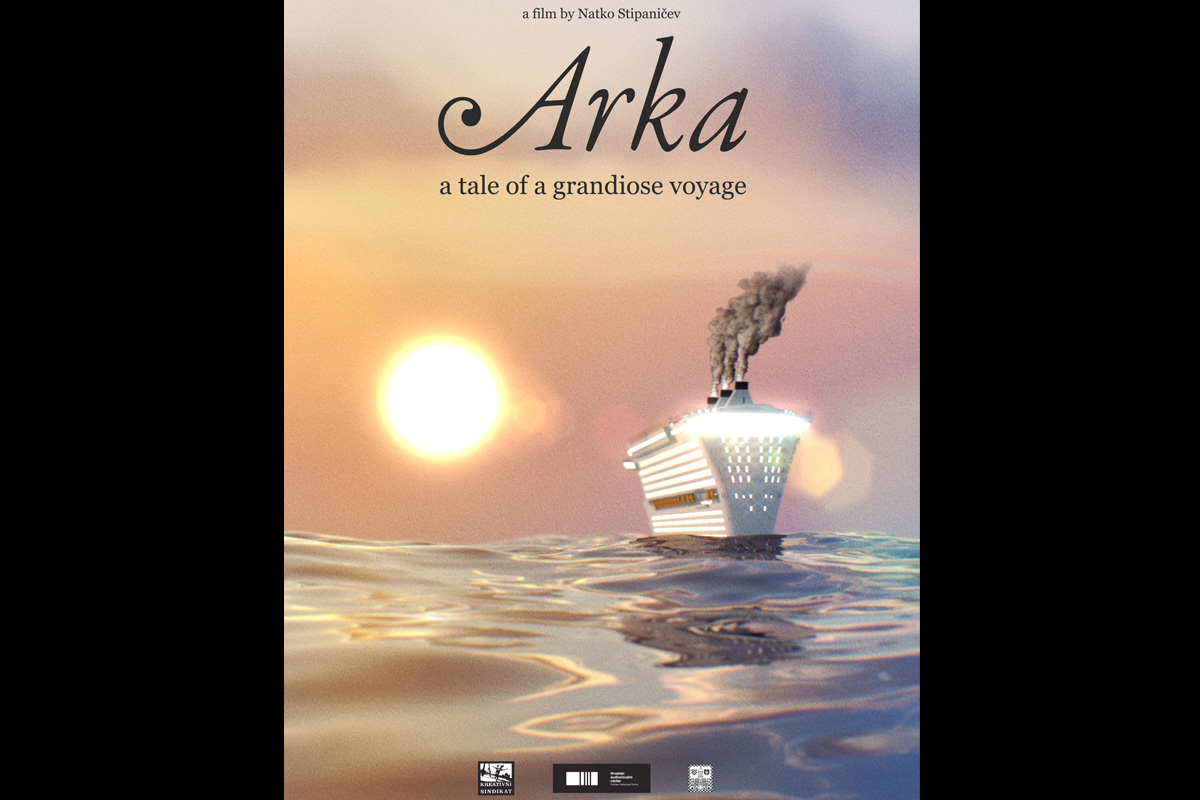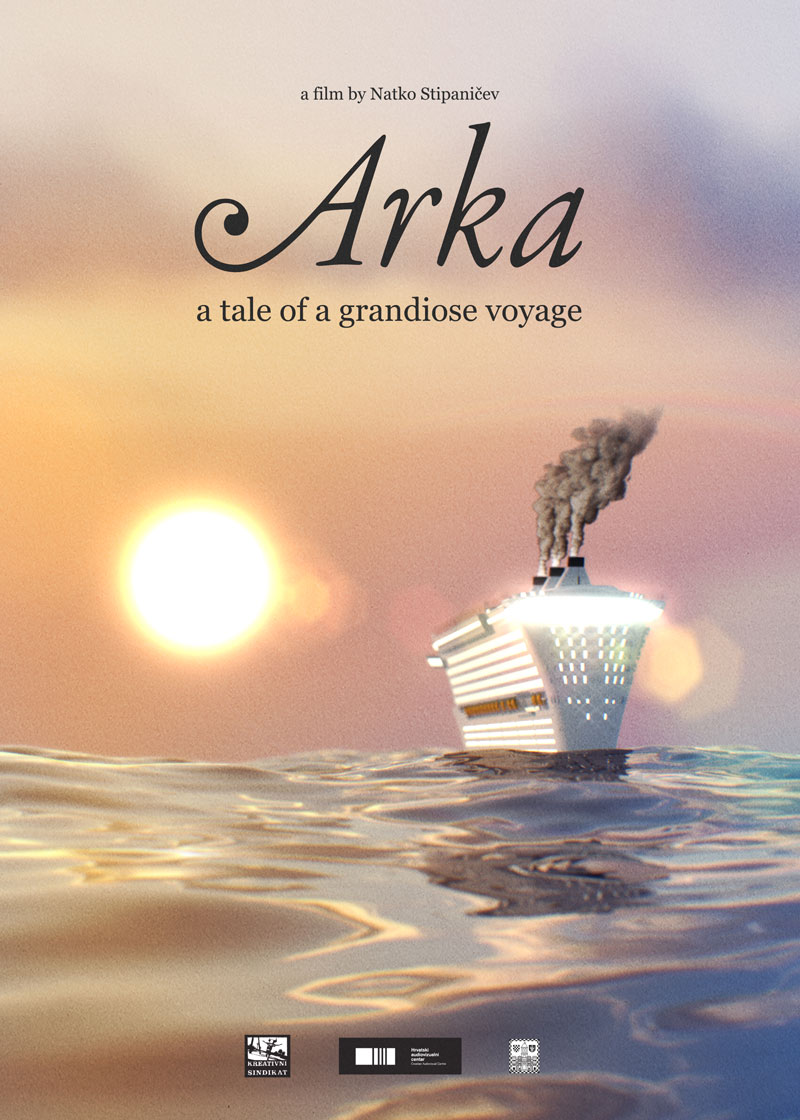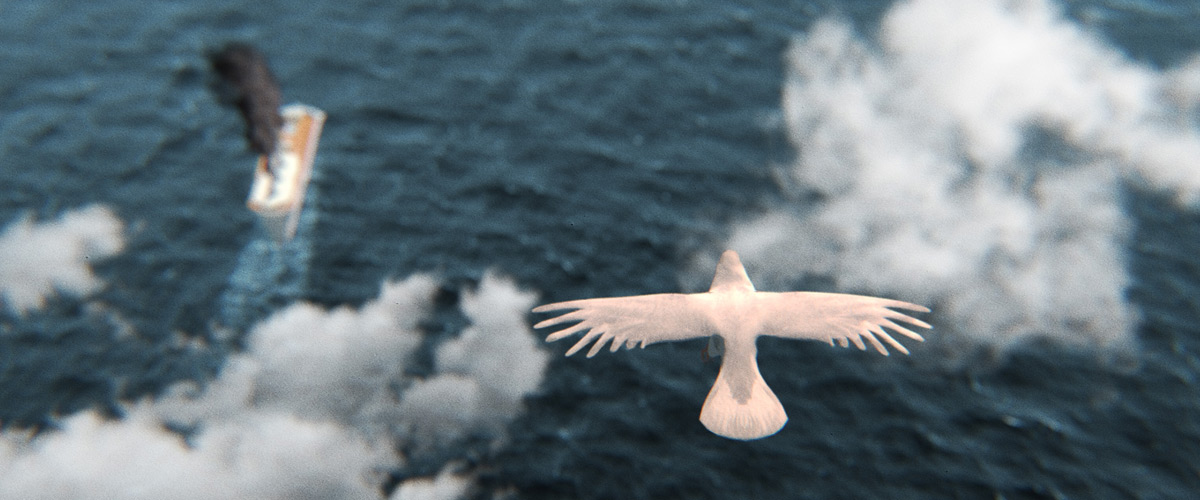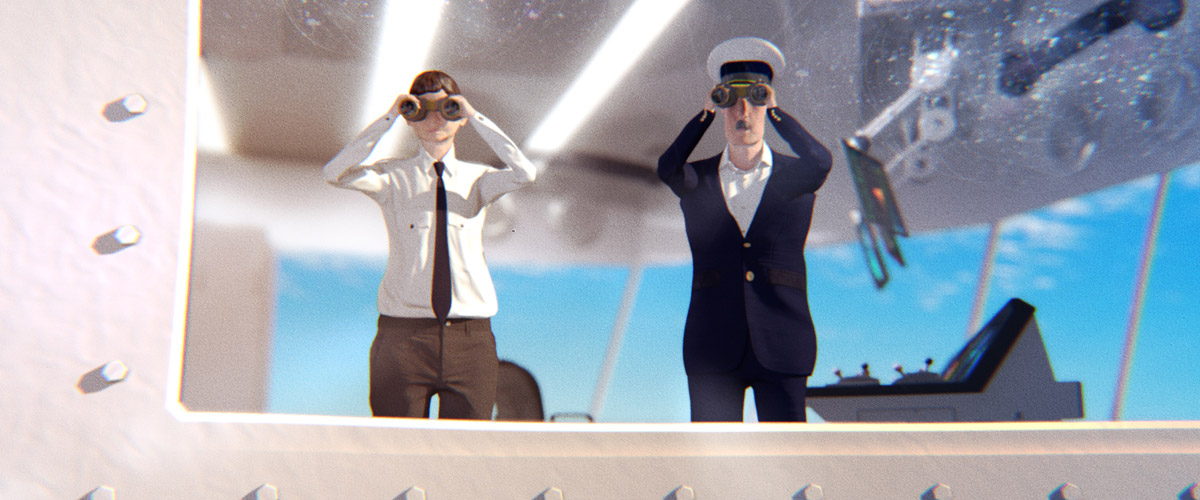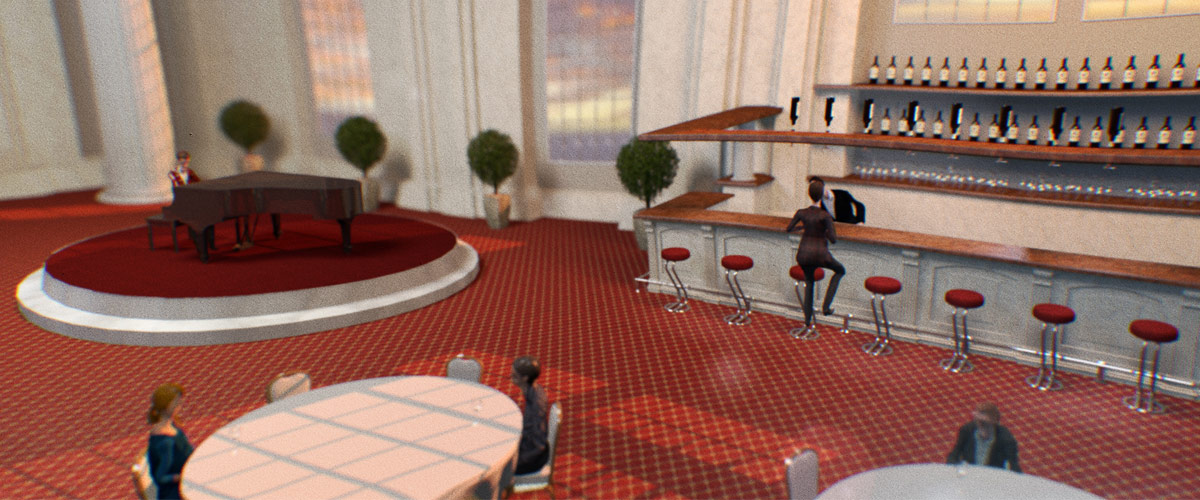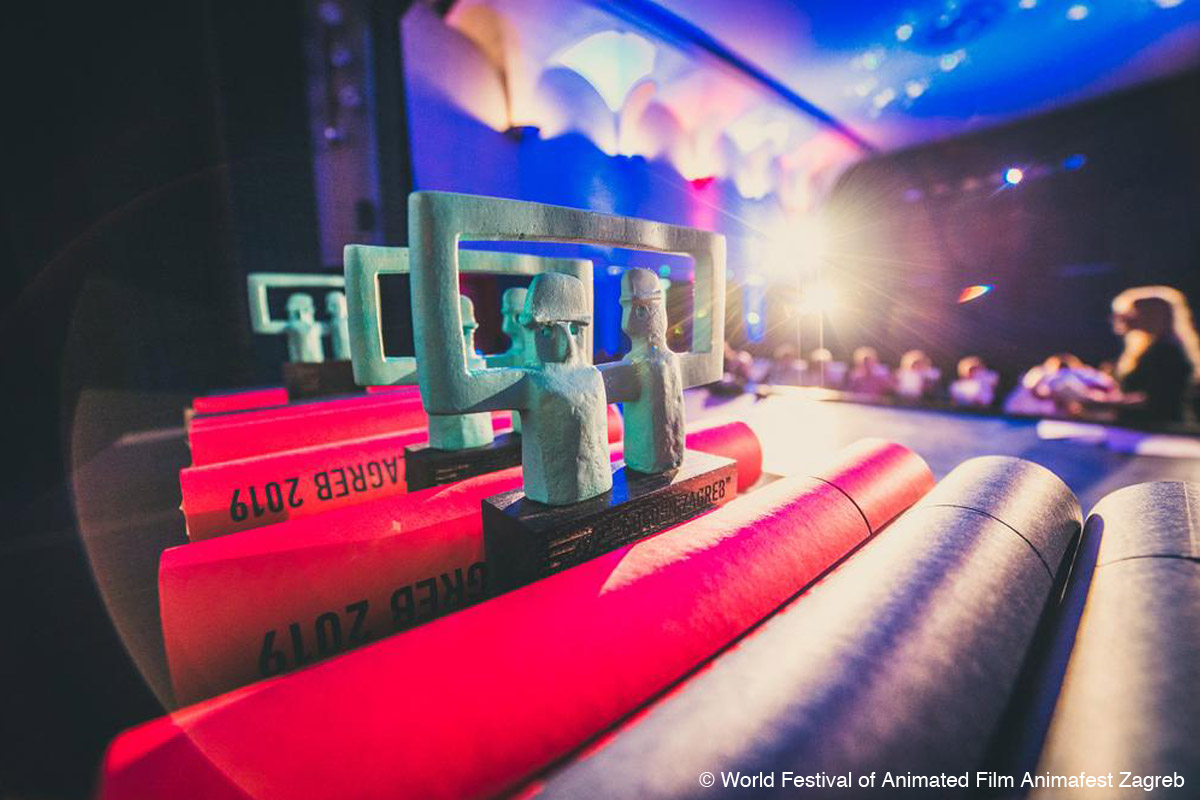Synopsis
A gargantuan cruise ship, which is home to a wide variety of human fauna, sails the ocean, oblivious to any other reality beyond the confines of the ship. A short film that one could say is inspired by the overwhelming presence of cruise ships in the ports of certain European cities.
Film Credits
Director, Author, Animator, Editor: Natko Stipaničev
Script Consultants: Maša Seničić and Damir Juričić
Additional Animation: Pavao Stanojević
Executive Producers: Marta Užarević, Mia Bučević and Sara Jakupec
Producer: Igor Grubić
Music and Sound Design: Natko Stipaničev
Singer: Maja Kordić
The World Festival of Animated Film – Animafest Zagreb 2020 selected Arka as the winner of the Best Croatian Film.
It is a mysterious short film telling the story of a luxury cruise ship, which, as the setting suggests, seems quite reminiscent of Noah’s Ark from the Bible, with quite peculiar characters onboard. This film, with its unique pacing and its touch of comedy, is full of personality from the creator Natko Stipaničev.
We heard from Natko on the story behind the creation of this interesting film.
Interview with Natko Stipaničev
Hideki Nagaishi (HN): What was the initial idea of the film? How did that idea come to you?
Natko Stipaničev: The initial idea – which I wouldn’t like to divulge due to serious and crucial spoilers – arose from watching cruisers with the Serbian poet Maša Seničić, on a terrace in Funchal, the very last night of my month-long MultiMadeira* residency. I went there explicitly to write a short film script, but hadn’t written anything for the entire month after years of writer’s block.
*: MultiMadeira is an artist-in-residence program located in Madeira, a Portuguese island.
HN: What was the most difficult part in your process of creating work (story, visuals and music) for the film?
Natko Stipaničev: I think the most difficult part was finding an idea and developing a good script from it. Once I had something that I believed would make a good film, the production was a pleasure, even though it was an uncertain and intensive two-year process, both emotionally and practically.
HN: I felt that the visual expressions with CG in this film are very unique. For example, the characters’ visuals and movement sometimes made me feel like I was watching a puppet stop-motion animation, and the strong blur and distortion effects in the background were impressive. What are your aims or intentions to have those kinds of visuals and how did you accomplish that technically?
Natko Stipaničev: I like working in the 3D environment, but am not a big fan of cold and plastic 3D renders, so I tried to spice it up a little with some techniques inspired by stop-motion, for example the jittering of surfaces or the motions of characters, reducing the frame rate to 12, high depth of field… In the experimentation process I found this to be a very good supplement for the characterization of the cast and the overall atmosphere I wanted to accomplish, so I went in that direction.
HN: Each and every human character in the film are individuals. Are there real-people who served as models for the characters? If not, could you please let us know how did you create such unique characters?
Natko Stipaničev: In developing the script, we wanted to put different representations of those who maintain the ship, the working class, and the passengers or those who enjoy the ship’s benefits. So, we have stereotypical cleaning personnel, a cabin boy, a cook, a barber and so on, and on the other side we have fat ladies, an old aristocrat, a muscular sunbather, etc. In the middle of it all is the leader, the captain. In the design process I flirted with the grotesque, the bizarre, and the unappealing — to contribute to the weird and unnerving atmosphere.
HN: What do you want to deliver the most to the audience through this film? Is your film a metaphor of current human society? I personally was reminded of several global issues humanity is facing from the people’s attitudes and behaviors on the ship.
Natko Stipaničev: I think in narrative and not-so-experimental forms: if the author needs to explain himself, it’s not a job well done. I wanted to make a good film that evokes strong emotions in the viewer, that arouses various questions, and stays in the mind long after the film has ended. What exactly I wanted to say, whether it’s a metaphor of current society, of current global issues, or something else entirely, is not so important after all. I think everybody is welcome to interpret it however they want, and I wouldn’t want to impose my perspective on them. After all, who am I as a writer and director to tell the viewer what the film is about?
HN: I think that the captain before the ending scene and the ship’s fate at end of the film might evoke many thoughts in the audiences’ mind. What is your main aim with the scenes?
Natko Stipaničev: The film has a strong twist at the end that raises more questions than it answers. I like that it can be interpreted in various ways, and I purposely wanted to leave it open, with a hint of hope as well as sarcasm.
HN: Lastly, could you please let us know the story behind the creation of the music?
Natko Stipaničev: I found that Vivaldi’s Stabat Mater was the ideal choice for this film, because its ceremonial and sacral notes corresponded quite well with the plot. But what I liked most is that you could sense a dose of sarcasm as well in the selection of the music. As a bonus, the Latin lyrics can also relate in a certain way because they tell of a grieving Mary for her lost child. Unfortunately, our budget was not enough to purchase the rights for the actual track, but I was determined to have it in the film, so I accepted the task of composing it in my home studio in which – with the help of Croatian singer Maja Kordić – we ended up with satisfying results.


